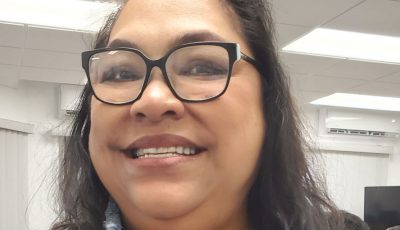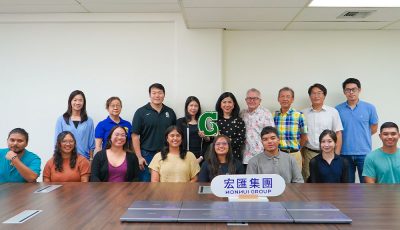The language gap
With another graduation season in the pipeline we can expect the usual uptick in platitudes. I’m going to slump down in my beach chair, though, and look at one thing that’s not very platitudinous. Namely, I’m going to look at the one glaring gap in the armor my peers and I had when we were launched into the world.
The gap? Language. By which I mean the foreign type.
Before I jump into this gap, let me note that, as usual, I am eating a cheeseburger as I hunker down in the shade here, so I can’t spare a finger to wag at you or at anyone else. I’m not a finger-wagger, and I’m not trying to tell any students what they should or shouldn’t do. I’ve got no idea what you should do, other than keeping your greasy mitts off of my French fries.
I’m just pondering how my pals and I got caught flat-footed on the language front. I’m also wondering if that situation has changed, notably regarding Asian languages. As we’ll see, apparently it has not changed much.
In high school we could study any language we wanted, as long as it was French, German, or Spanish.
Eventually, though, after a decade in the real world, my peers were often scrambling to learn Japanese, Korean, or, more recently, Mandarin Chinese.
For the sake of context, I’ll note that the U.S., China, and Japan are the world’s largest economies, with Germany, France, and the U.K. coming next.
If you want to look at things slightly differently, I’ll note that as a bloc, the European Union is the world’s largest economy, slightly bigger than the U.S.
Anyway, Americans, to the extent they care about foreign languages at all, are decidedly not enthusiastic about the Asian direction. In fact, this isn’t just a language gap; it’s a more like a language grand canyon.
The data I’ve got at hand is a few years old. If I can find anything more recent I’ll pass it along, but for now I’ll serve what I’ve got available.
Here’s how it shakes out: Just one out of every 288 public school (K-12) students was studying an Asian language as of the 2007-2008 school year.
That’s based on some data published by the American Council on the Teaching of Foreign Languages in a 2011 report. I massaged this data a little because only Japanese and Chinese were broken out into national estimates, so I applied, very roughly, some other data regarding other Asian languages.
But there’s no need to pick nits here. The gist of the gig is the same no matter what. One out of 288 is such a small number that I’ll walk you through some figures from the report just for a basic sanity check. Or maybe just for kicks. It’s pretty interesting stuff.
Overall, only 18.5 percent of U.S. K-12 public school students were enrolled in foreign language courses at all. And, of those enrolled in such courses, fully 72 percent opted for Spanish. A very distant second was French at 14 percent. So these two languages held 86 percent of foreign language enrollment between them. No other language even hit the 5 percent level, so the salami gets sliced thin at this point.
And, in the case of the Asian languages, it’s paper-thin. Japanese was about 0.8 percent and Chinese was under 0.7 percent, and they added up to 1.49 percent. I then added a bit (again, a rough estimate) to account for other languages (Korean, etc.), but the total for Asian languages still came to less than 2 percent. Applying this to the overall student population, not just that slice of it taking a foreign language, is how I came up with just one student out of 288.
So even if enrollment rates have taken big leaps lately, they’re jumping from such a small base they’re not going to wiggle the needle much.
In fact, the numbers are so small they don’t even seem possible, pretty much like my checking account balance. I feel like a guy who is stepping into a crosswalk, looking to the left for traffic while a bus is coming at me from the right; I have an uneasy feeling but I don’t actually see anything amiss.
But until I get run over by some corrective revelation, I’m going to reckon that there’s a pretty big language gap straddling the Pacific.
The Pacific’s big gears all mesh right here on Saipan, so the islands have a front row seat to the action. Overall, for the ambitious, does the language gap present an opportunity? That’s a topic for a different day, but it’s something that will come to mind as graduation season feeds new people into the job market.



























